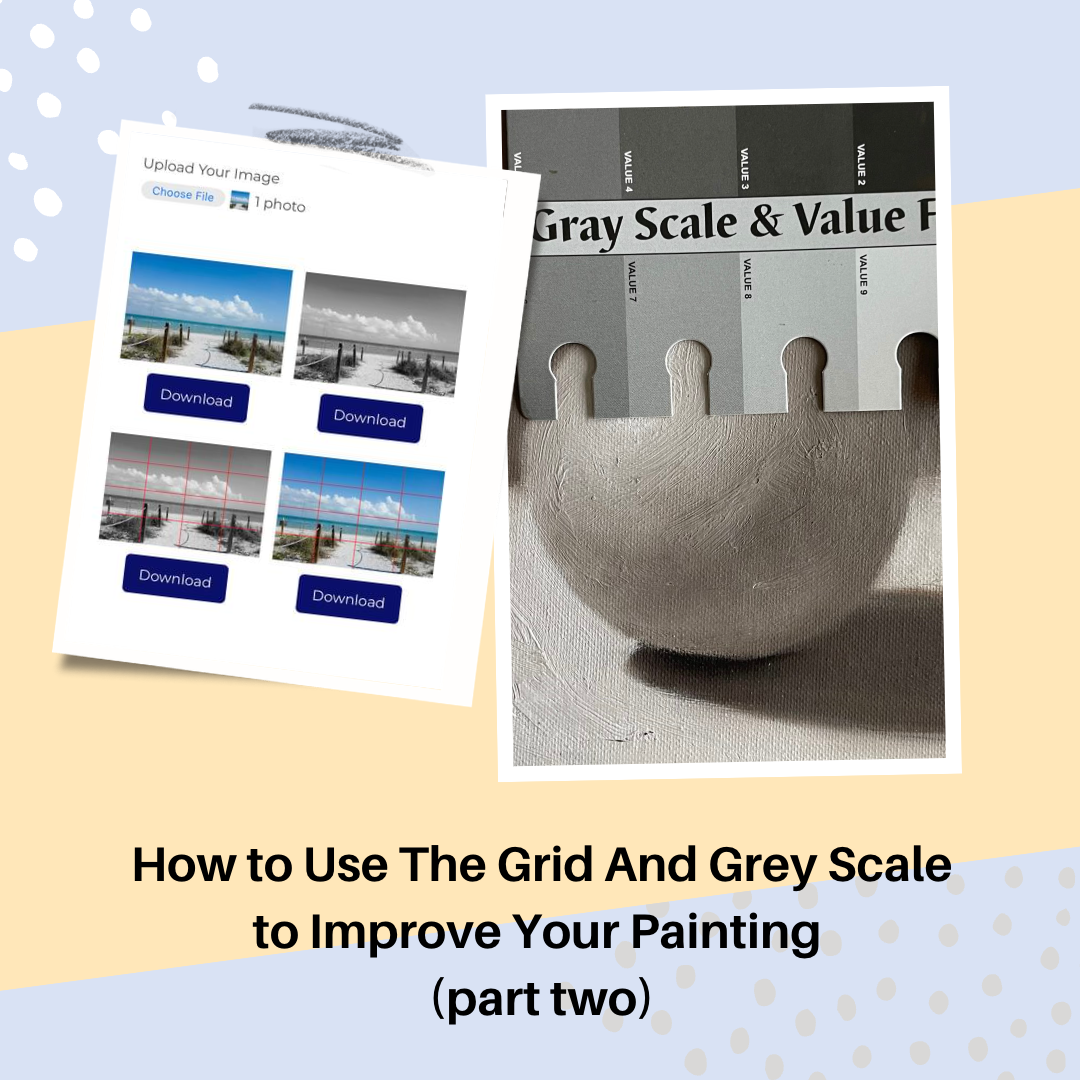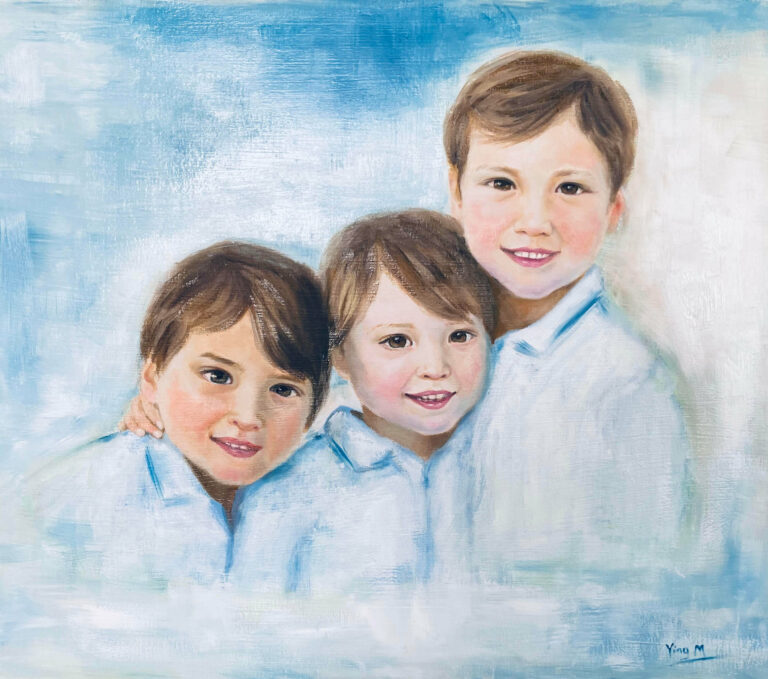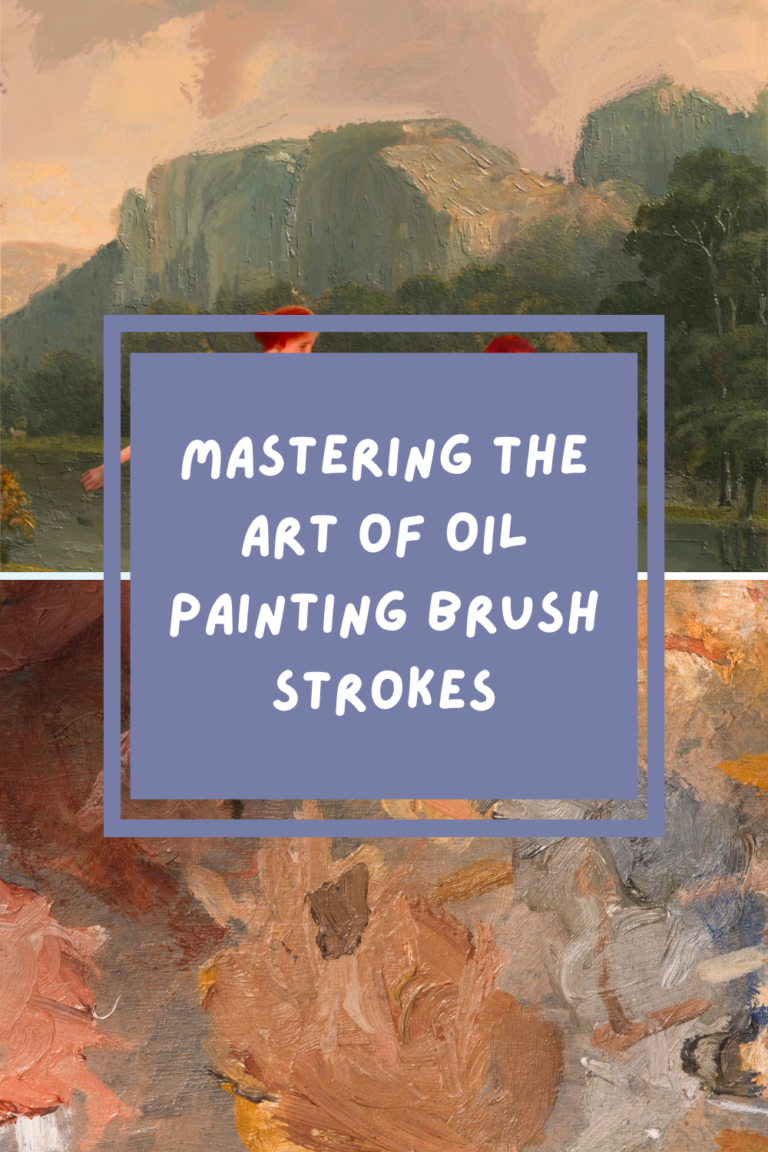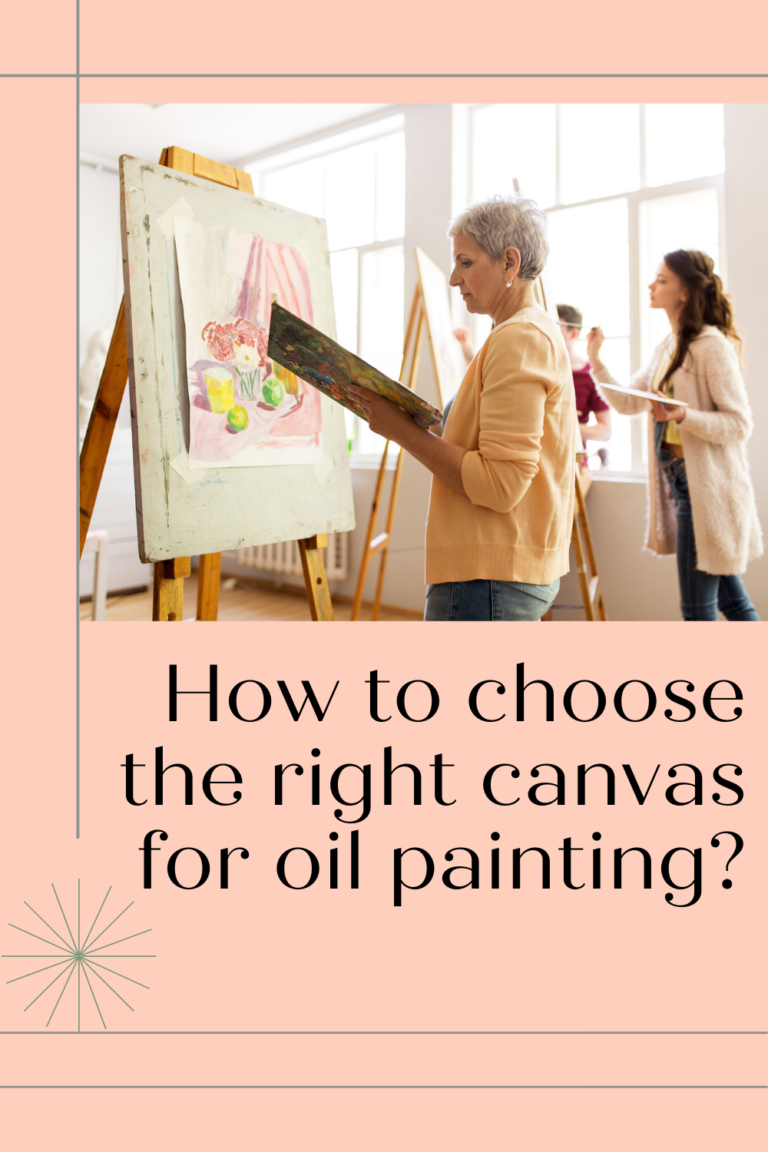Hello friend,
In last week’s post, I showed you how to use a grid for painting. I hope you found it helpful.
Just in case you missed it, you can access my grid and grey scale tool here.
https://yingmclane.com/image-converter/
Today I will show you how to use the greyscale on my website to find accurate values.
What is value? Simply put, it’s how light or dark a color is. Here is a simple grey-scale tool you can find on Amazon.
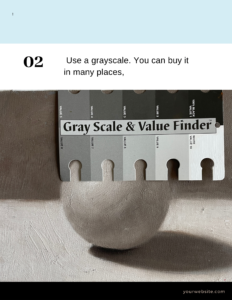
Value is critical in a realistic painting. If your value is incorrect, your artwork will look flat and cartoonish.
There are four essential elements in a figurative painting:
Drawing
Value
Composition
Color
When you use greyscale to look at, check, or start a painting, you only need to deal with drawing, value, and composition. Not color yet. So you can focus on getting the fundamentals down before moving on to colors.
To judge the value before starting a painting:
Before I developed the grey scale tool on my website, I used tinted glass and squinted my eyes to judge my painting subject’s value. Now I don’t need to!
To compare the value with my reference photo:
I have taken a picture of my painting in progress, changed the color of it and the reference photo to black and white in my phone”s editing tool, and compared the two. Now I simply upload my picture to see the comparison! like this:

To start an underpainting:
Many artists, including myself, have used the underpainting method. That is basically painting a value scale using colors like grey, raw umber, etc. Now using the grey scale too on my website, it’s so easy to start an underpainting!
I hope this guide will help you along your art journey, friend.
To know more about the four essential elements in art, watch my free mini-course here.
https://yingmclane.com/7-insider-tips/
Cheering you on
Ying

